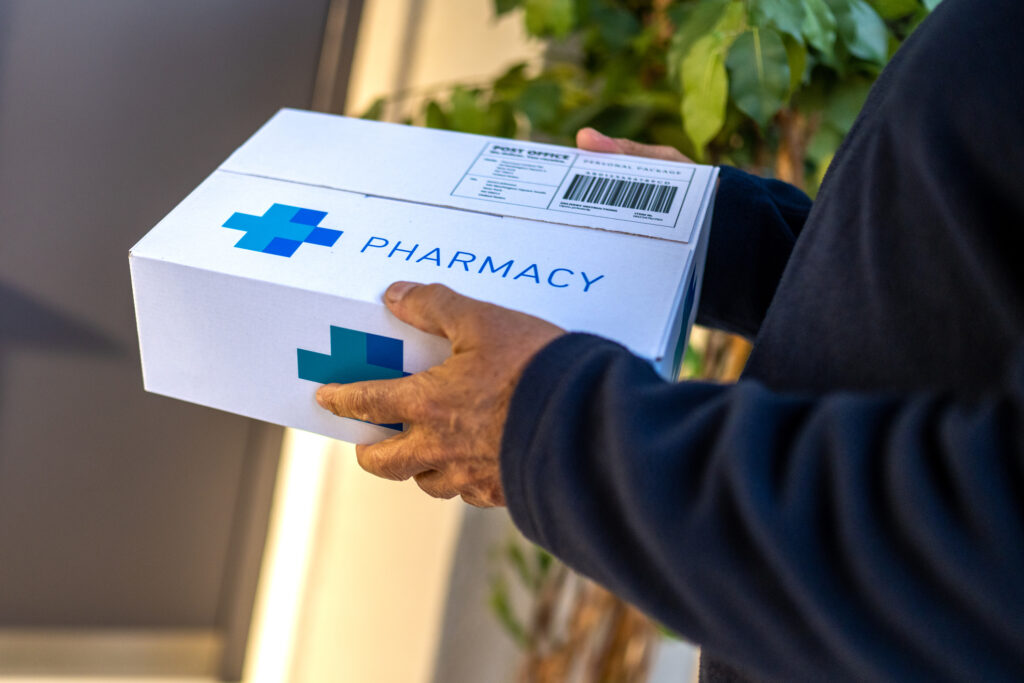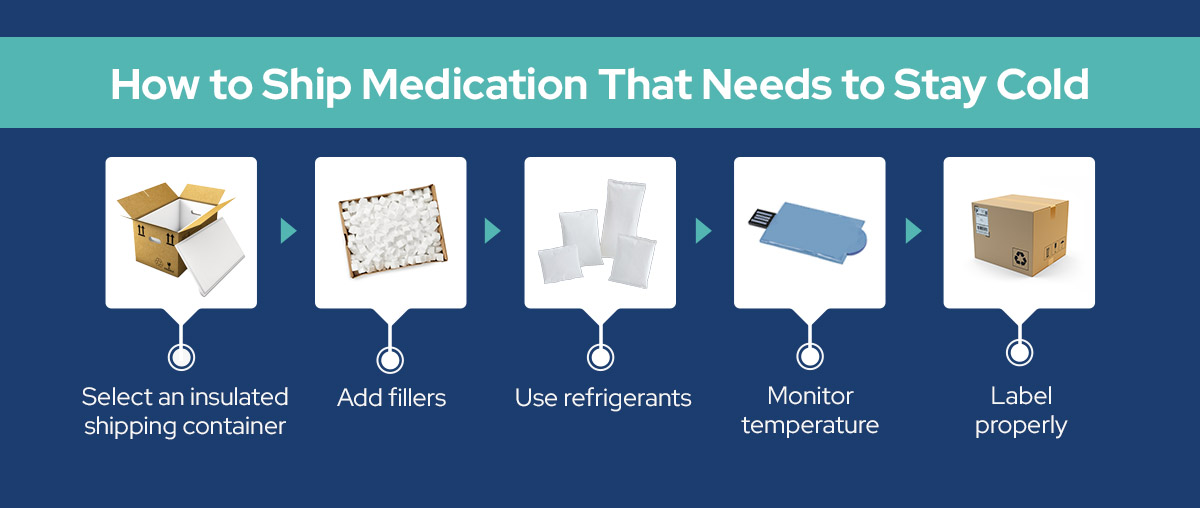
Pharma is a growing, trillion-dollar industry worldwide. In the United States alone, pharmaceutical spending rose over 9% in 2022 compared to 2021, totaling $633.5 billion. It’s also a rapidly evolving industry with challenges to match, including supply chain disruptions and emerging markets with unique requirements.
The task of shipping pharmaceuticals is no less complicated than the industry, as it involves one of the most complex cold chains. From maintaining precise temperatures to complying with strict regulations, pharma shippers have much to contend with. Fortunately, pharma companies have industry best practices and rules to guide them as they navigate cold chain shipping.
Why Proper Pharma Shipping Practices Matter
Pharmaceuticals must be stored at specific temperatures to maintain safety, quality and efficacy. Pharma shipping practices exist to ensure manufacturers, cold chain shippers and direct-to-consumer companies fulfill all product requirements so they can deliver safe pharmaceuticals and comply with regulations. Shipping practices also deter the waste of expensive pharmaceuticals by helping businesses prevent temperature excursions and subsequent product loss.
Regulations That Apply to Shipping Pharma & Other Medicine
Like every step in the pharma cold chain, shipping pharmaceuticals is heavily regulated by various authorities, primarily the Food and Drug Administration (FDA). The FDA’s regulations related to pharma storage, handling and shipping are found in Title 21 of the Code of Federal Regulations. The Title states that “all prescription drugs shall be stored at appropriate temperatures” in accordance with the product’s requirements.
In addition to FDA regulations, pharma shippers follow various state, local and international standards as well as specific carrier and manufacturer requirements or recommendations. Pharma shippers can determine which regulations apply to their shipments by considering the following:
- Type of pharmaceutical product being shipped and the manufacturer’s packaging requirements
- The mode of transportation being used to ship the product
- Whether the product is being shipped internationally or domestically and where it’s being delivered
For example, if you’re shipping medications by air, you’ll need to comply with the Temperature Control Regulations established by the International Air Transport Association — in addition to other applicable government regulations.
How to Ship Medicine That Needs to Stay Cold
The first step to shipping pharmaceutical products is knowing which regulations apply to the shipment and the manufacturer’s storage requirements. You’ll also want to consider factors like environmental conditions and transit time. Knowing that information will help you select the appropriate packaging materials and refrigerant solutions.
For example, if you’re shipping refrigerated vaccines on a hot day, you may need to pack your shipment with four frozen gel packs rather than two depending on the vaccine’s required temperature range, product quantity, transit duration and shipping container size.
After you’ve reviewed the product’s requirements and applicable regulations, you can choose how you plan to ship. The following steps provide an overview of how to ship pharmaceuticals using a cost-effective passive shipping system:
- Select an insulated shipping container: Choose a sturdy insulated shipping container large enough to contain the product, your fillers and the refrigerant. The thickness of the container’s walls will impact its insulating qualities. For instance, a styrofoam box with 2-inch thick walls offers high performance without high cost. Plan to place the insulated container within a cardboard box as an extra layer of protection.
- Add fillers: Use brown paper, bubble wrap or styrofoam pellets to fill the spaces surrounding your products. Fillers will limit in-transit movement and protect your products from damage. They can also keep refrigerated medications from contacting frozen gel packs to prevent over-chilling.
- Use refrigerants: Place refrigerant solutions like gel packs strategically within the container to ensure uniform cooling and prevent temperature excursions. Generally speaking, plan to place at least one gel pack on the top and bottom of the container for efficient cooling. Gel packs are available in various sizes and formulations to meet your temperature control and sizing needs.
- Monitor temperature: Include a temperature monitoring device in the package so the receiver can confirm that no temperature excursions occurred in transit. Monitoring devices can also help you fulfill recordkeeping requirements. Many types of monitoring devices are available to meet your needs, including digital data loggers and single-use temperature sensors.
- Label properly: Adhere the proper labels to the package exterior to ensure safe handling. Labeling requirements vary depending on factors like carrier and product type, but generally, they should include handling instructions, product name and required storage temperature range. The carrier you use may have specific label size and color requirements as well.
Contact Pelton Shepherd for Reliable Gel Packs
Shipping pharmaceuticals is complex, but having a cold chain partner you can trust brings peace of mind. At Pelton Shepherd, we manufacture durable shipping gel packs and treat our customers like partners — as we have for over 70 years.
Explore our variety of refrigerant solutions to find the best option for your pharma shipment needs, or contact our team for assistance. We’re always happy to share our industry expertise.



